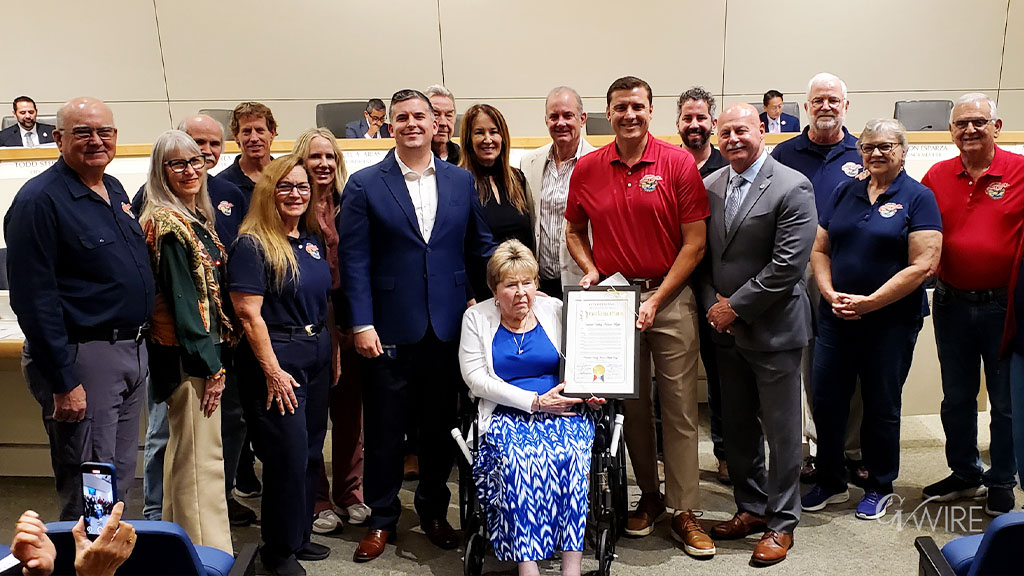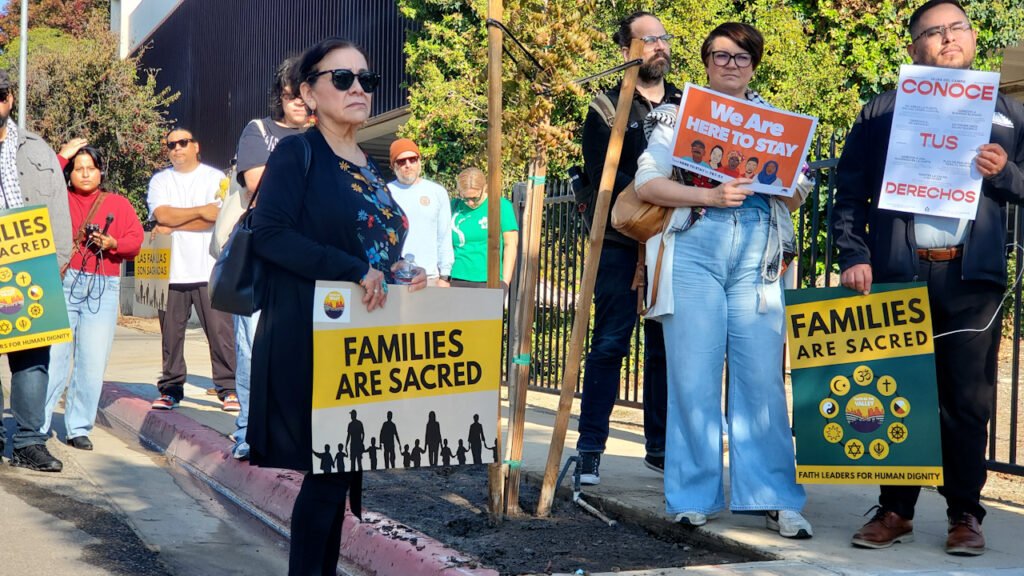Share
Sacramento is the Peter Pan of California’s larger cities — never willing to grow up.
That became evident again last week when the city’s voters soundly rejected the latest attempt at creating a big city governance structure, this time shooting down a second proposal to make Sacramento’s mayor a real executive, rather than a largely powerless figurehead.

Dan Walters
Opinion
It was a personal defeat for Mayor Darrell Steinberg, a one-time president pro tem of the state Senate, who argued in vain that he and his successors need real authority to deal with Sacramento’s big city problems.
They include, most notably, a surging homelessness crisis that impedes efforts to remake Sacramento’s somewhat shabby downtown into a happening place of young professionals, entertainment, food and retail business.
Steinberg’s Measure A, however, was caught in a cross-fire of opposition from city council members unwilling to cede authority to a mayor and from leftist activists who consider Steinberg, a liberal Democrat by most standards, insufficiently militant and too eager to compromise.
It’s a repeat of what happened to Steinberg’s predecessor, former basketball star Kevin Johnson, when he tried to install a strong mayor system. Sacramento will continue to limp along with an unfocused, unimaginative city manager system more suited to a much smaller city.
An Effort Was Mounted in the 1970s to Consolidate City and County Governments
What happened, or didn’t happen, last week was unsurprising to anyone familiar with Sacramento’s history.
At one point in the mid-19th century, it was the largest city west of the Mississippi — the jumping off place for the California Gold Rush and a transportation hub at the junction of two major rivers — although soon to be overshadowed by San Francisco.
Even though Sacramento became California’s capital, its civic leaders preferred to maintain its small city atmosphere as the surrounding region’s population grew sharply during and after World War II. They stoutly resisted expanding the city’s boundaries, thus diverting regional growth into suburban communities, most of which were unincorporated.
An effort was mounted in the 1970s to consolidate city and county governments and create a city with more than 700,000 residents, but it failed, in part because Sacramento’s civic leadership didn’t support it. Glen Sparrow, who had been executive director of the city-county consolidation commission, later wrote a lengthy analysis of the defeat and blamed much of it on what he called a hidebound “civic gentry” of old families.
A second consolidation effort a decade later was no more successful, resisted by the city’s Democratic political figures who feared that merging with the Republican-leaning suburbs would lead to a loss of power.
Sacramento Seems Destined to Remain What I Termed It 35 Years Ago
Consolidation failures ultimately meant that Sacramento today contains less than a fourth of the seven-county region’s 2.2 million residents. They also meant that much of the region’s commercial activity shifted to suburbs, which ate into the sales taxes that became the backbone of municipal finances after Proposition 13 curbed property tax growth.
Three suburban communities — Citrus Heights, Rancho Cordova and Elk Grove — became cities so that they could benefit from tax collections in auto malls and shopping centers. As an assemblyman, Steinberg carried legislation that, if enacted, would have forced the Sacramento region’s suburbs to share some of their sales tax revenues, but it failed after creating even more city-suburban hostility.
Having muffed so many chances to become the major American city Steinberg and others envision, Sacramento seems destined to remain what I termed it 35 years ago in a book about California megatrends, a “gangly adolescent” stranded somewhere between childhood and adulthood and unwilling to mature.
CalMatters is a public interest journalism venture committed to explaining how California’s state Capitol works and why it matters. For more stories by Dan Walters, go to calmatters.org/commentary.
[activecampaign form=19]RELATED TOPICS:
Categories

Fresno Launching Neighborhood Repaving Project Monday



















